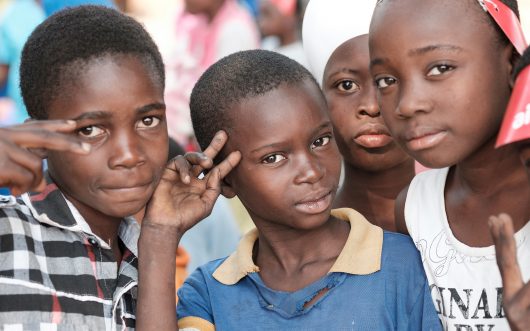Talking About Poverty: What is the Definition of Global Poverty?

How does one define global poverty? The term is often used in news programs detailing hunger and disease in third-world countries, but what exactly does living in poverty mean?
Merriam-Webster defines poverty as, “The state of one who lacks a usual or socially acceptable amount of money or material possessions.” Based on this definition, the true definition of poverty actually varies from country to country, from city to city, and from town to town based on socially constructed benchmarks for wealth.
Statisticians in the United States and India describe living on less than $1.90 a day (which approximately 702 million people worldwide do) as “extreme poverty.”
Other statisticians prefer to also factor access to health care, education, clean water, and food when assessing global poverty rates. In particular, lack of access to clean water and food are seen as primary symptoms of poverty in developing countries.
Again, this lack of access is seen as a symptom of poverty in relation to the United States and other first-world countries, where access to freshwater and food is a comprehensive widespread system across the nation.
Current State of Global Poverty
Currently, 1.1 billion people in developing countries have inadequate access to clean drinking water. The population of the United States was 319 million people in 2014, where a family of four has the ability to use up to 400 gallons of water each day.
Furthermore, around 27 percent of all children in developing countries are classified as underweight or stunted as a result of living in poverty. Being underweight and stunted growth is particularly prevalent in Sub-Saharan Africa and Southern Asia.
Global poverty still proves to be difficult to quantify without comparing living standards between countries. However, it’s important to note that poverty in Sub-Saharan Africa can look vastly different from extreme poverty in the United States. Developed countries typically have more safety nets and welfare structures in place to assist their poor while developing countries continue to struggle to support large quantities of impoverished citizens. Thus, while it’s important to prioritize domestic poverty in the U.S., it’s equally important to prioritize the world’s poor who live in worse living conditions.
– Bayley McComb
Photo: Flickr
